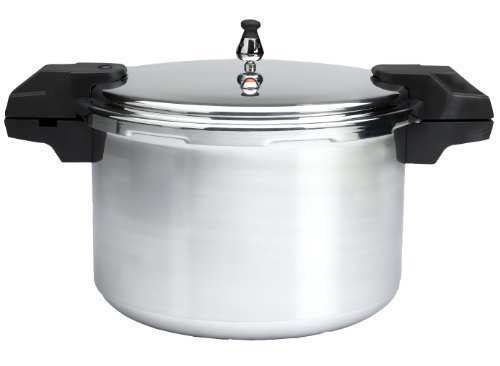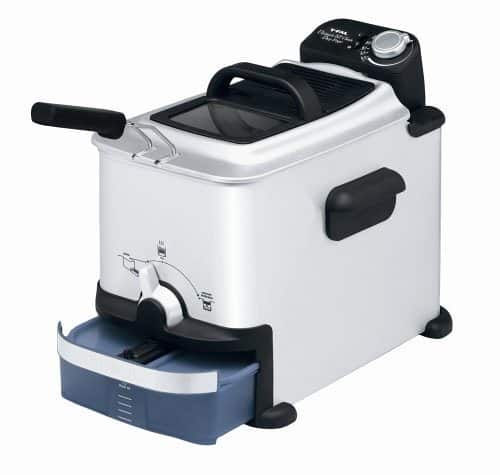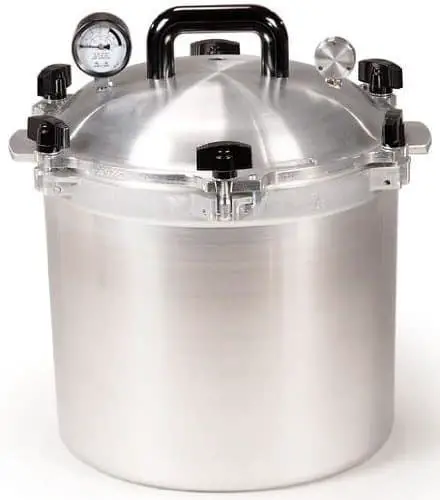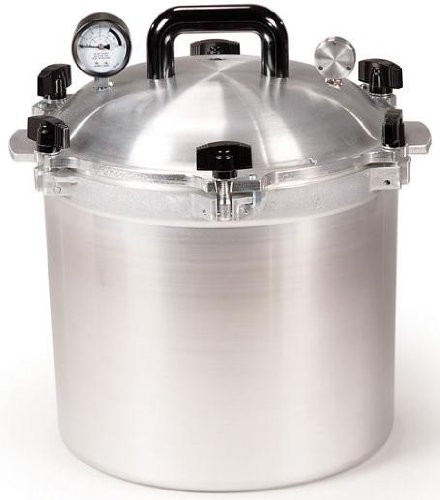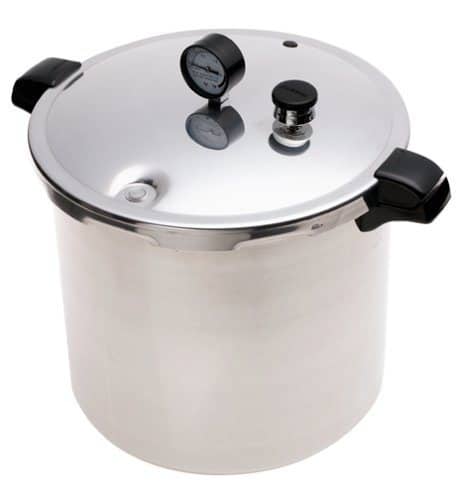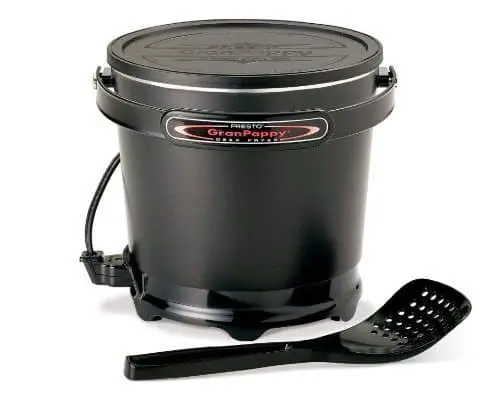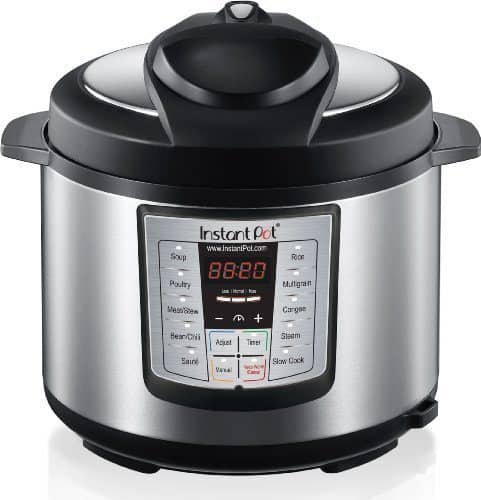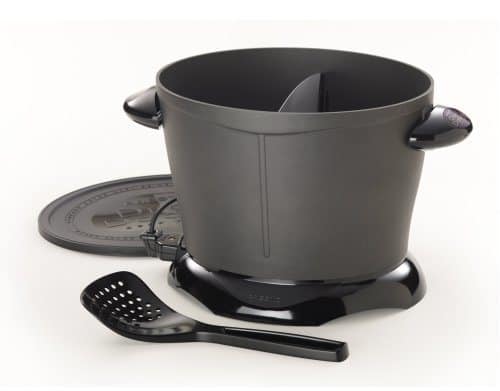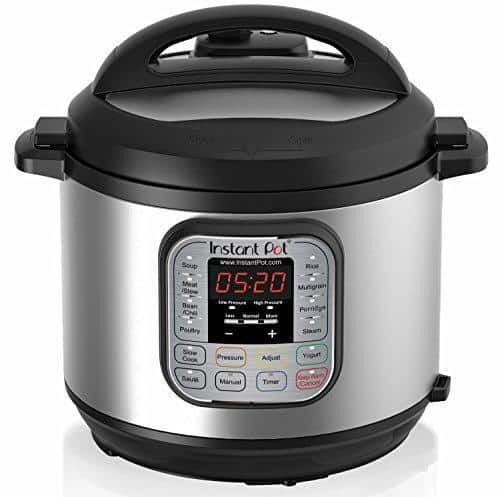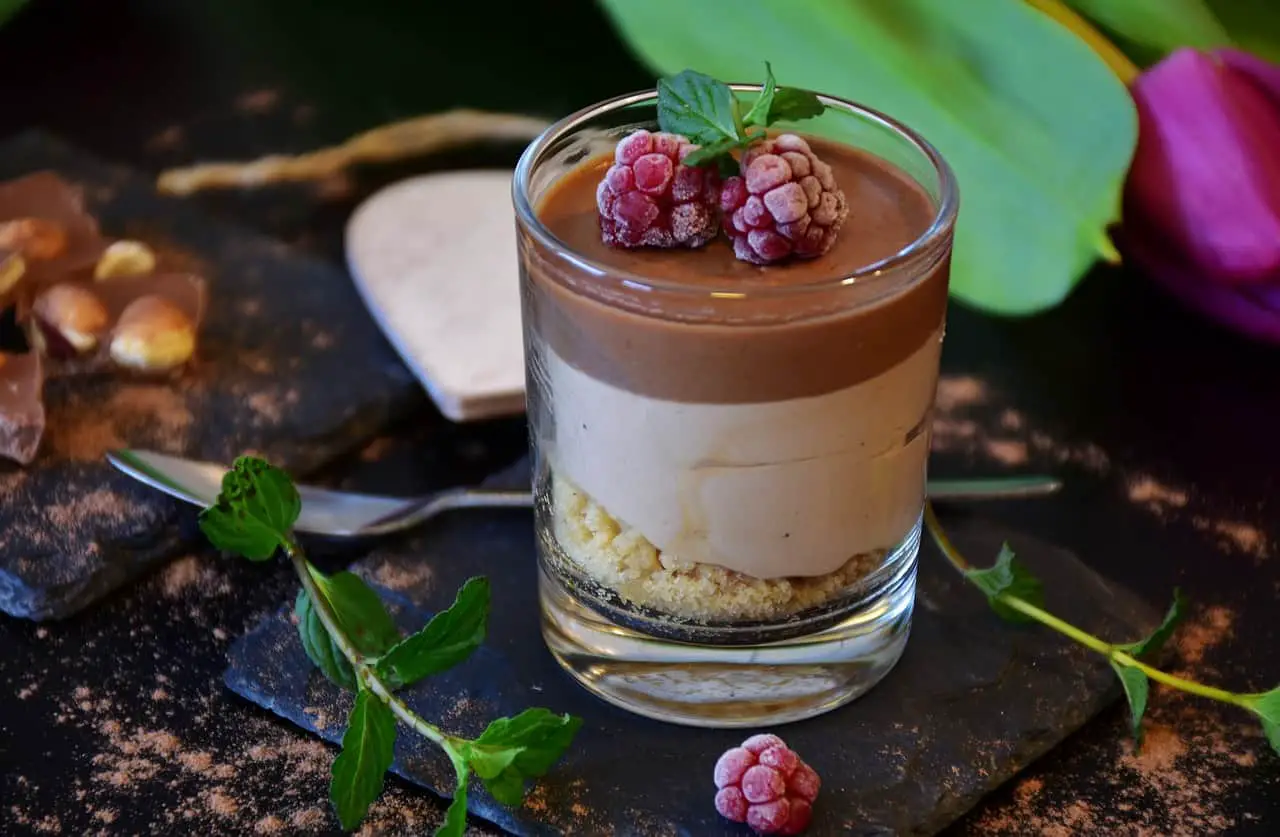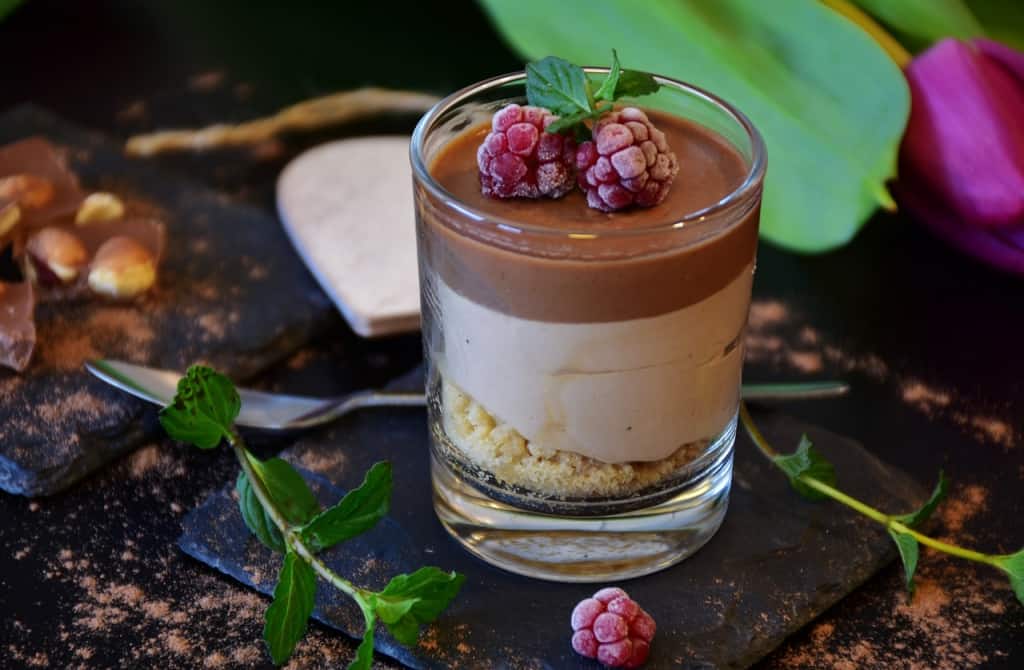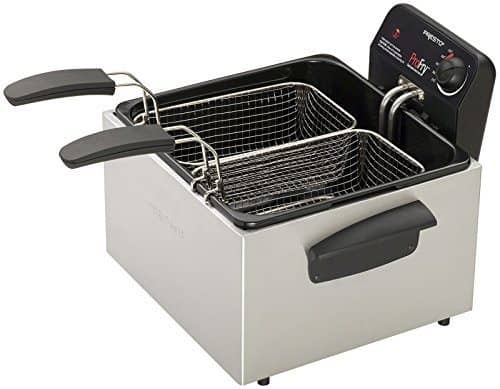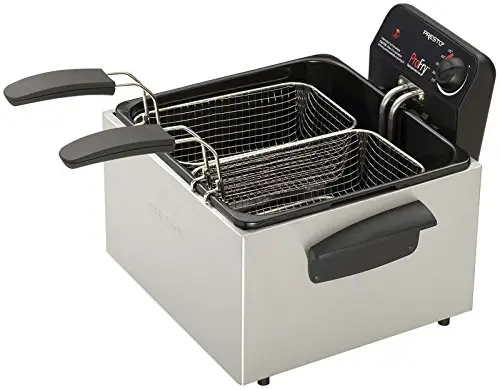As an Amazon Associate I earn from qualifying purchases.
This Presto brand pressure cooker has a 4-quart capacity although there are also 6-quart and 8-quart models available by the same brand and in the same style. It is stainless steel with a thick black handle. This device comes with a special rack that can be utilized to cook more than one food at a time so that the flavors do not marry.
There is a secure cover lock that readily indicates when the cooker has pressure inside of it and it will not allow the unit to be opened until it is completely safe to do so. The lid locks down and, therefore, traps the moisture in so that it cannot escape and cause burning. There is an overpressure plug that actually releases any excess steam when it builds up in excess. Another feature of this cooker is safety, that it can be used on regular or smooth-top ranges, and induction ones as well which is a huge plus for those that would like to do so or who have limited space. There is also a helper handle device and the cooker is dishwasher safe when it is unplugged and the sealing ring and the overpressure plug are taken out.
For those who are cooking single or small meals, this 4-quart size has definite advantages. It takes up less space and cost less too. It also uses less energy. Pressure cookers, in general, are said to save 70% of the energy that traditional cooking uses because they cook so quickly. The measurements are 9-inch diameter by 6 ½ inches tall. The unit measures 16 ½ inches when the handles are included in the measurement. It comes with a 64-page detailed instruction book, a good size recipe booklet and special safety tips as wells.
Although some customer complaints were voiced in the reviews that the device was defective or there was a problem with parts, the customers also stated that their matters were tended to in a satisfactory manner. Some customers had issues with the screws to the handle missing upon receipt but were sent more as a result of their contacting the seller. There were a few complaints about the quality and durability of the non-stick coating but again, most of those who reviewed with issues had the problems resolved.
One big positive to this device is the price. It is in the low range, costing about $40. It is small, but it is exceptionally powerful for its size and for its price as well. It is a good unit for those who are just starting to use a pressure cooker and for those who have been leery of using one or, for those who simply do not need to cook much at one time.
This product comes with 12-year extended warranty, which is the reason many are willing to take a chance on trying a pressure cooker. It has an overall rating of 4.5. The majority of the reviews were good ones.
Click here to view prices on Amazon and find the best deal on the Presto 01341 4-Quart Stainless Steel Pressure Cooker.
